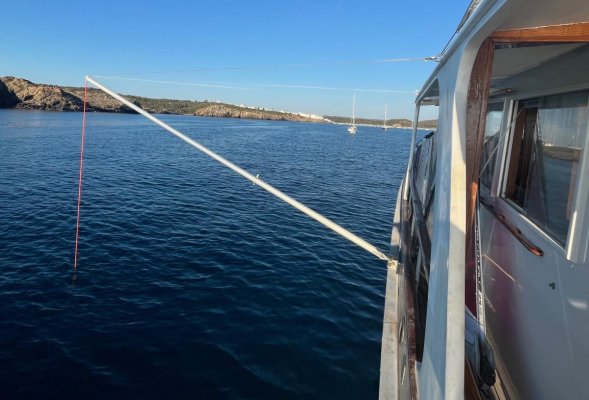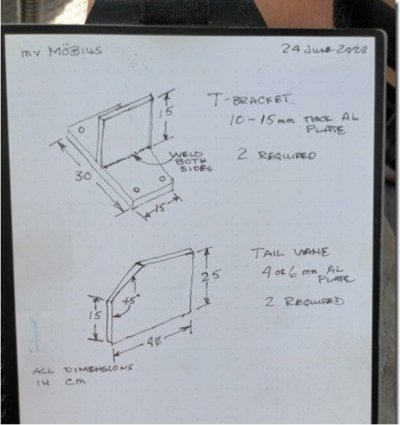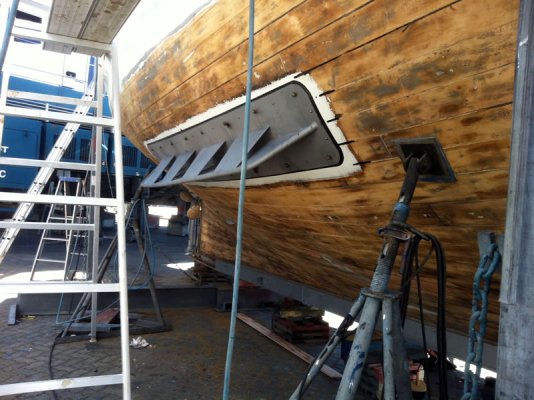Is this true? I've heard of many who lost one fish but continued on with one. Others who cruise with one intentionally. Generally they rigging is designed with a weak point that allows the fish to break free in an overload, sparing the rigging. I can't imagine a system designed to release under extremes would also result in a capsize.
Yes this is true. The Canadian government propagated a statement advising of this risk. It’s logical this risk could occur. Rotors and fins work by pushing one side up and the other down. Fish work by delaying one side from rising. In effect pushing one side down. They are effective has which side is in play alternates. If one side of a rotor or fin pair fail the other will still work out of synchrony to the wave chain. If one side of paravanes fail it will work both against but also with wave induced motion. The single paravane will also create unbalanced drag on one side only increasing the risk of broaching. This unbalanced effect can also increase the risk of being overwhelmed. Due to losses the Canadians came out with their statement.
Here are some of the other risks
https://tc.canada.ca/en/marine-tran...ety/ship-safety-bulletins/bulletin-no-15-2000
The addition of any anti-roll system, except bilge keels, would be a major modification and should only be undertaken after the vessel’s stability has been assessed, as they usually reduce the vessel’s reserves of stability. A system of paravane stabilizers reduces its reserves of statical stability because of all the added weight relatively high up in the vessel. Once fitted, on a vessel, the outriggers should be lowered to the operational position while at sea, even if the paravanes are not deployed. This improves the vessel’s stability because, in the operational position, it lowers the center of gravity. Please refer to Figure 3.3
Paravane stabilizers present a potential risk to the vessels stability due to the introduction of large capsizing forces, resulting from:
The loss of one paravane (fish).
Failure of a fixture or rigging, resulting in the loss an outrigger boom.
Failure of an outrigger hinge apparatus, or fracture of the outrigger itself.
One paravane becoming entangled in fishing gear or other obstruction.
If operating in icing conditions, the extra booms and riggings increase potential ice accretion area.
There are personal and vessel safety hazards associated with one paravane ‘broaching’ or breaking the surface of the water while in heavy sea conditions. Similarly if a stabilizer (outrigger) should dip into a wave while the vessel is steaming, it could easily fracture.
Potential vertical and horizontal movement of the outrigger boom must be minimized by appropriate placement of riggings, in line with the outrigger configuration.
All associated riggings, hardware and mounting point fixtures should be checked regularly for deterioration and fatigue.
Figure 3.3:
Paravane stabilizers use the forces of resistance created by the paravanes (fish) to reduce the roll, however their installation and operation actually reduces the statical stability reserves of the vessel.
(Courtesy of the Canadian Council of Professional Fish Harvesters).
Checklist items (q): Stability considerations for hull mounted fin roll-reduction systems:



